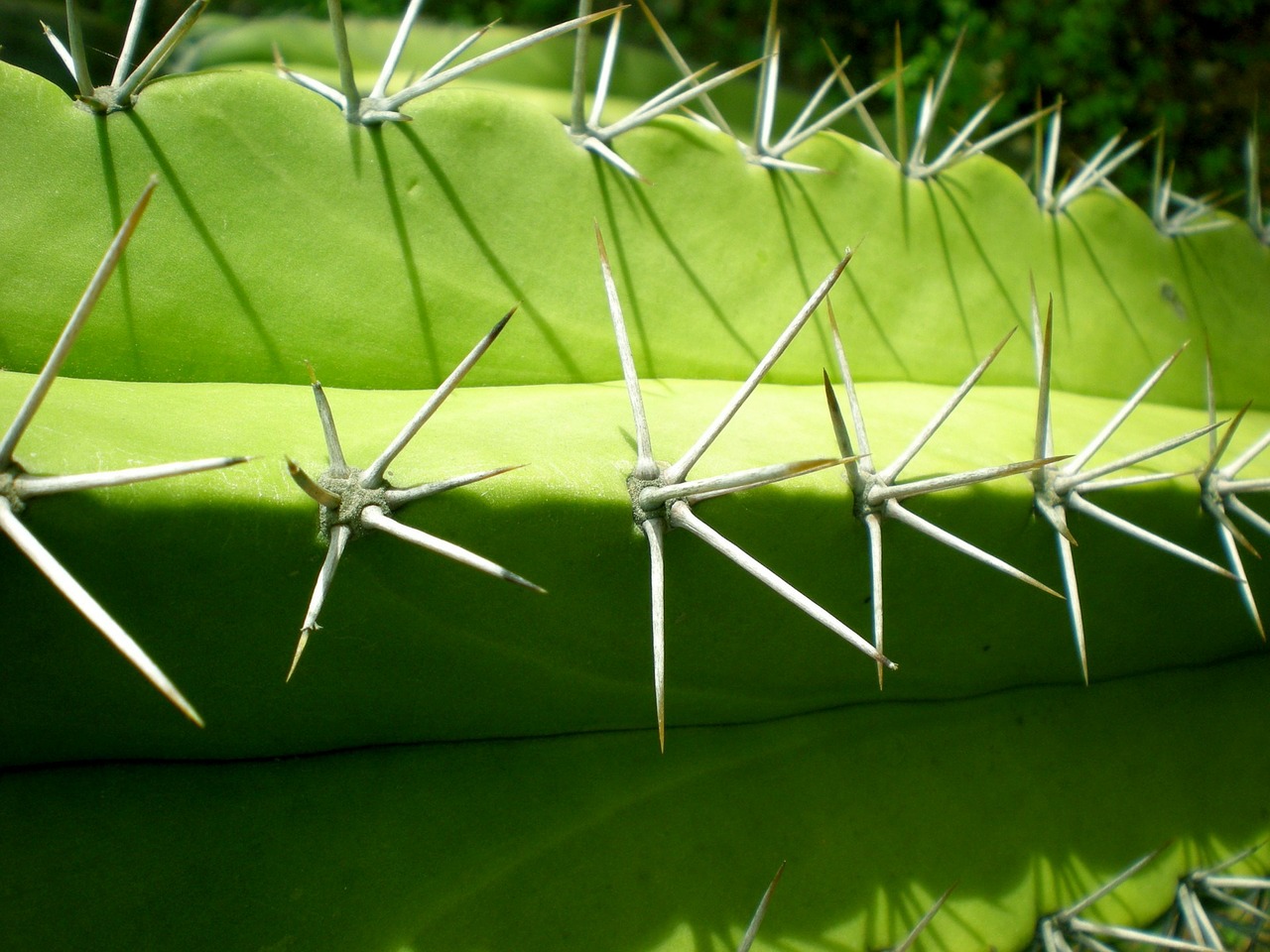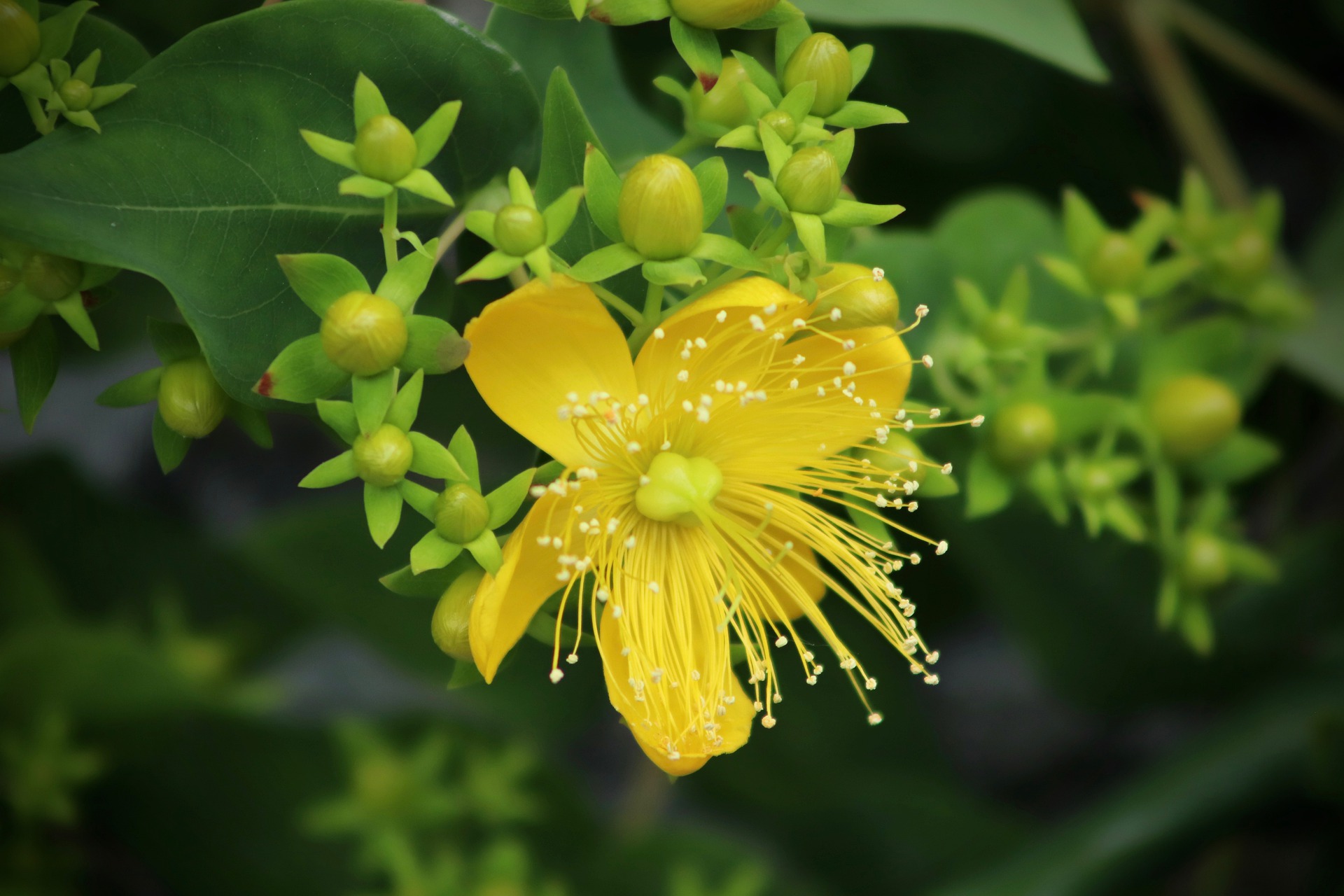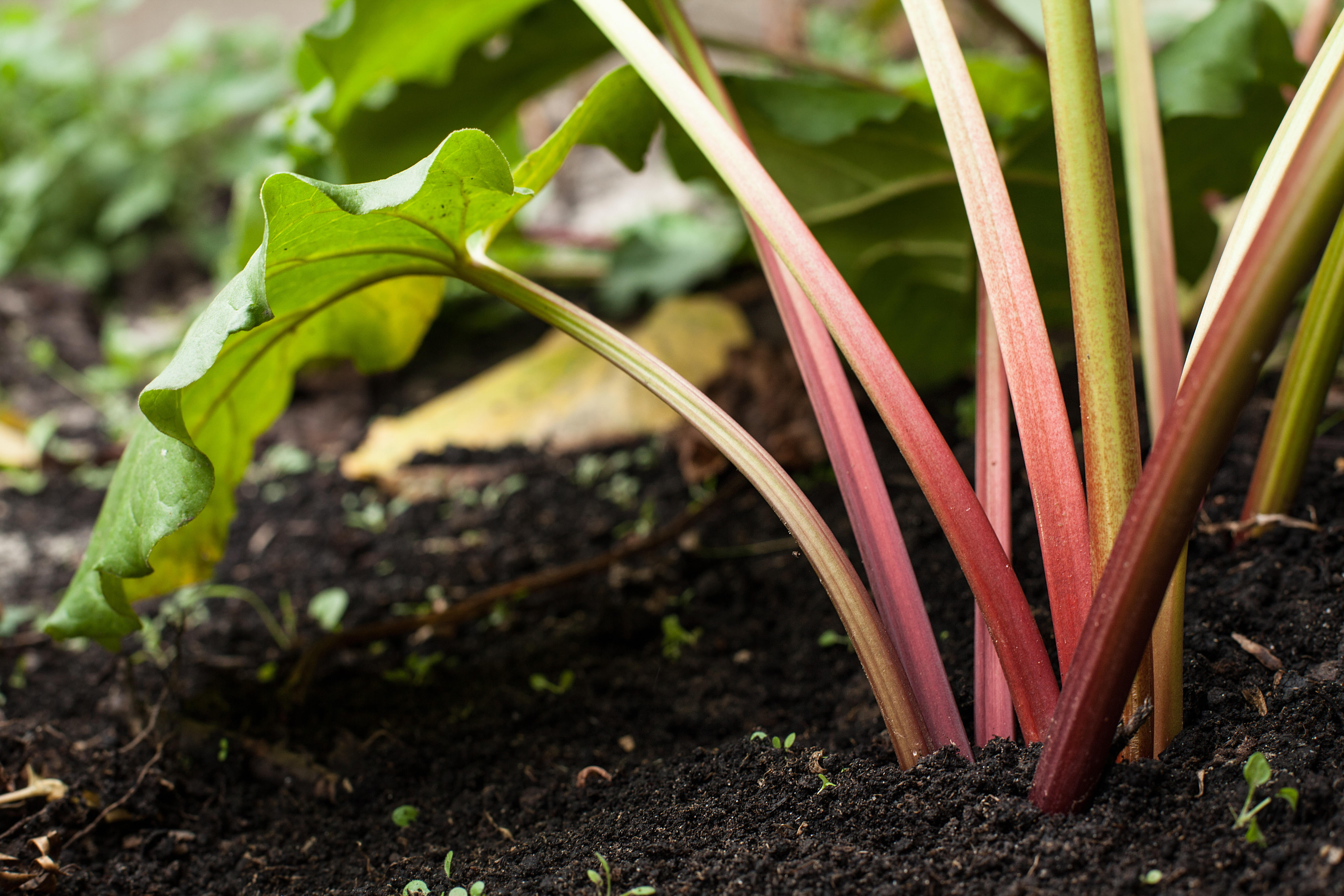Teaching a class to recognize cacti is a great intro to the natural world — cacti are fascinating, and relatively easy to find if you’re in their neck of the woods. Cacti can also be surprisingly challenging to recognize, especially if you have a lot of species near you.
An introduction to cactus identification is a good exercise for slightly older or more advanced classes who have already tried their hand at the art of flower identification. Just keep an eye on the spines!
Using an app to help your class learn to recognize cacti might sound like a cop out, but it is actually a fantastic way to use your time and energy while managing a classroom. Work smarter, not harder!
As a reminder, PlantSnap is an app that uses artificial intelligence to recognize flowers, cacti, and cacti from photos right on your phone. The app relies on well-framed and well-lit photos. Once a cactus has been identified, the app gives you some background information on the cactus’s taxonomy, range, and more.
Whether you are teaching a botany class, running summer school, working at a camp, homeschooling your own kid, or just trying to keep a child’s attention and body busy over the summer, PlantSnap is a great way to get kids outside. PlantSnap is able to help recognize cacti, flowers, and trees, making it a perfect complement to any botany classroom. Best of all, it is now available for free on Android!
Learning to recognize cacti can be challenging for classes. Cacti spines make it hard to get up close, and they’re often olive-green and close to the ground. Unless they’re blooming, most cacti look very similar to the untrained eye.
There are several ways that you can use PlantSnap as an educational tool to help with cactus identification.
Four Ways to Use PlantSnap cactus Identification as an Educational Tool
Unlike flowers, cacti are generally around all year. This alone makes them a great next step for a botany class. They can continue learning about cactus identification well into the fall and winter.
Many areas of the southwestern US don’t have a lot of trees. Cactus identification lets your class get out and practicing their new skills without traveling far from home. If your class is in an urban environment, the current cactus and succulent rage makes it ultra-easy to look at cacti from the comfort of a Home Depot!
Here are some sample exercises you can try with your class to learn to recognize cacti using PlantSnap:
1.Partner Cactus ID:
Have one student pick out a cactus using a field guide or their own knowledge, and explain why they think they know what it is. Have their partner double-check their work. The class can work together to recognize important characteristics and figure out exactly what the cactus is.
- Difficulty: medium
- Educator involvement: medium
- Extra bonus: builds teamwork and communication
2. Exploring Gardening Centers:
Ask the class to explore a gardening center (Home Depot, Walmart, or any other) and write down each cactus they see. The class should take notes on the spine pattern, shape of the lobes, growth pattern, size of the lobes, and any flowers present. From that information, they can go ahead and catalog the cacti as much as they can. They are learning valuable field observation skills. From there, they can go back and recognize the cacti using PlantSnap. They can cross-reference their notes with what they see on the app and learn more about the cacti. Best of all, this is an indoor-friendly activity for mega-hot summer days.
-
-
- Difficulty: hard
- Educator involvement: could be homework
- Extra Bonus: build field note-taking skills
-
3. Scavenger Hunt:
Send the class on a scavenger hunt to recognize cacti in a given area. Your list may vary, but the class could be in charge of finding: a cactus with no visible spines, a cactus that’s shorter than six inches, a cactus with branching arms, a cactus with flowers, and much more. Create your own easy checklist! Kids can use PlantSnap to document the plants that they find to confirm that they completed the Scavenger hunt.
-
-
- Difficulty: easy
- Educator involvement: medium
- Extra Bonus: personalized to your area
-
4. Ecosystem Essays:
Ask the class to use PlantSnap to recognize a cactus in their neighborhood. Then have them write a short essay about how that cactus is part of the ecosystem. They can pay attention to bugs in the area, shade the cactus provides, animals that hide under the cactus and more.
-
- Difficulty: medium to hard
- Educator involvement: heavy grading
- Extra Bonus: Encourages students to think about how cacti interact with the entire ecosystem
“Gameifying” education is popular for a reason. With PlantSnap, it’s easy to incorporate technology and the classroom. The best part is, PlantSnap requires students to get outside and actually find the plants. It only works with photos taken on their phones, so it guarantees that students get a bit of introductory “field work” this summer!
How have you used PlantSnap or other apps to augment biology class? Are you a student who’s used PlantSnap in class? We want to hear about your ideas and experience! Comment below with your thoughts.






















Just what I need!